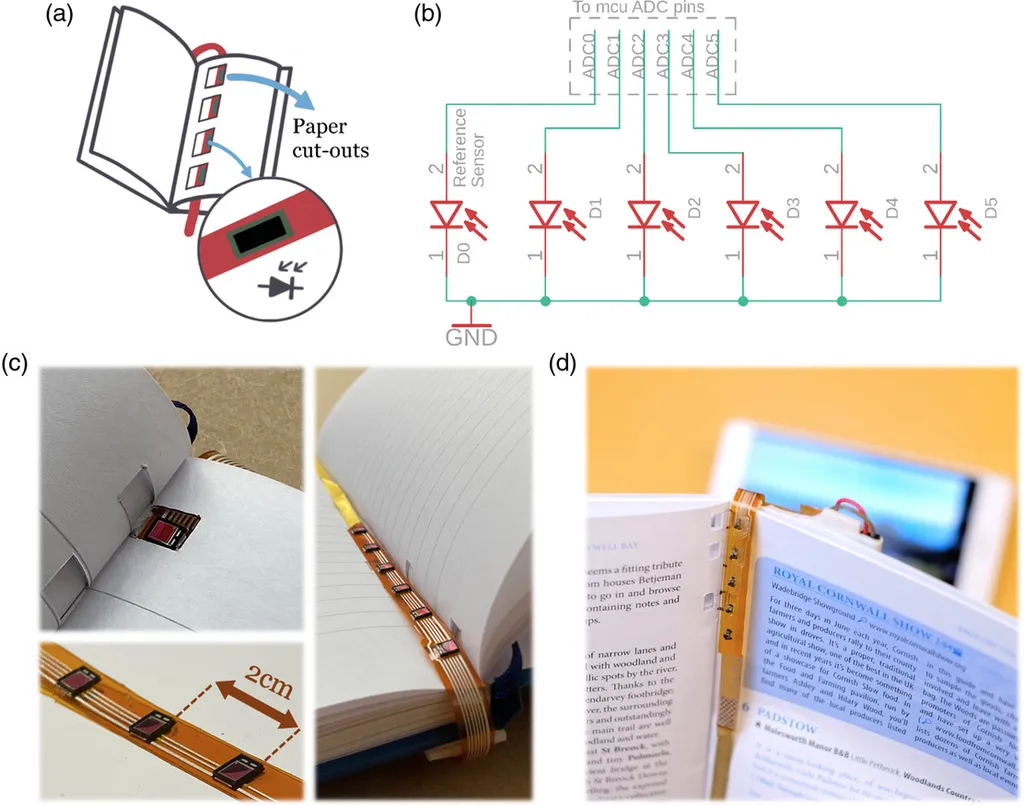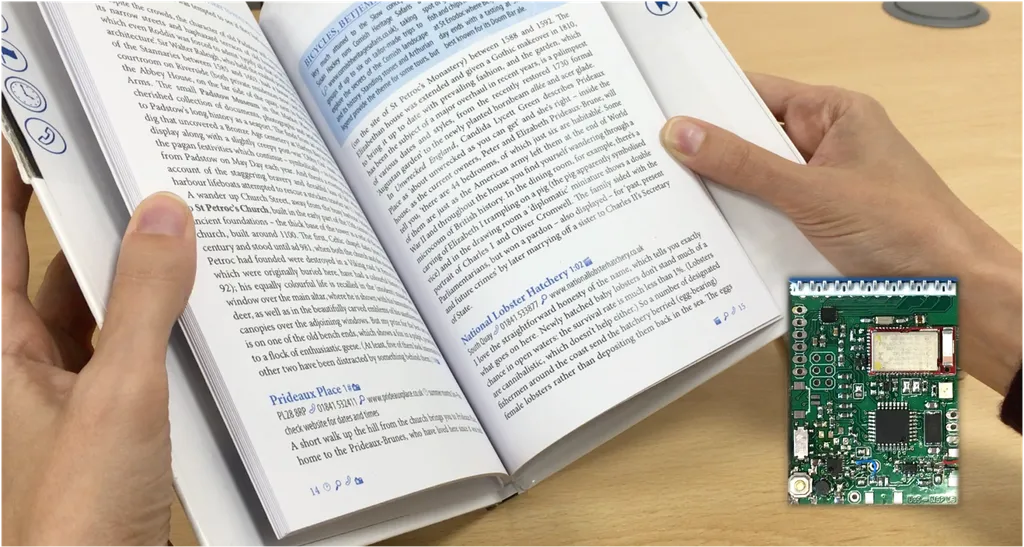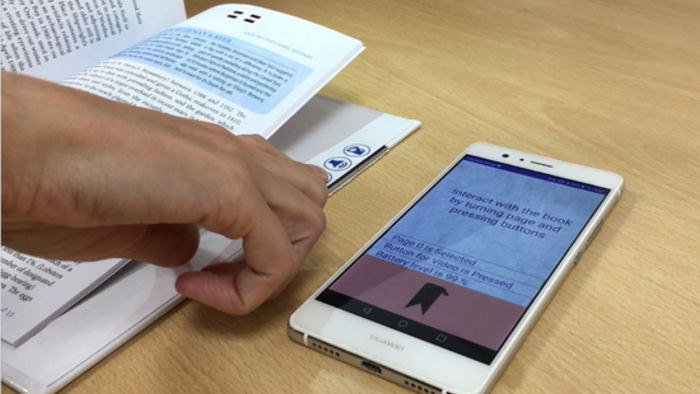Researchers at the University of Surrey in England have developed a new augmented reality (AR) system that can be integrated into paper books, enhancing the user experience as they consume printed content in real time.
According to the scientists, the project called Next Generation Paper (Next Generation Paper, in free translation) allows the reader to obtain additional information about what is written on fact sheets through a mobile device, such as tablets or mobile phones.
“The way we consume literature has changed over time with many more options than just paper books. Currently there are many electronic solutions, including e-readers and smart devices, but no one is available,” explains Professor Radu Sporia, lead author of the project. A sustainable hybrid on a commercial scale.
Hybrid experience
With no wires visible to the reader’s eyes, augmented reality books allow users to access digital content while navigating through the physical book. When you scroll or turn the page, the new information is automatically displayed on the screen of the device next to you.

The sensors installed in the book are responsible for determining the work of the reader and transmitting data to a cell phone or tablet. As the reading progresses, the user can refer to the graphics, images, and videos related to the content being read in a natural way.
This updated model makes it possible to use augmented reality books in different areas, such as education. Furthermore, this new version annoys the reader less with automatic recognition of the open page, and real-time playback of multimedia content,” adds Professor George Bayraktaris, co-author of the study.
future books
Thanks to an energy-efficient system and pre-printed conductive paper, an augmented reality book can now be produced on a semi-industrial scale. With this configuration, it can be used to stream content that requires adding supplementary information, such as tourism, travel, and education.

In the future, the researchers hope that a mixed augmented reality book can be printed on larger scales, allowing the user not to turn to the Internet or other online sources for additional data on the topic being read.
“More than ever, this technology exists to help the reader have a deeper understanding of the written subject and obtain more information through digital means without, however, destroying the experience of handling and reading a paper book,” concludes Professor George Bayraktaris.

“Incurable thinker. Food aficionado. Subtly charming alcohol scholar. Pop culture advocate.”






More Stories
Xbox Game Pass surprises with a great gift for Blizzard fans
An extraordinary volcano that expels 80 grams of gold per day and is located in a place you wouldn't even imagine
System software update 24.03-09.20.00 is available for PS5